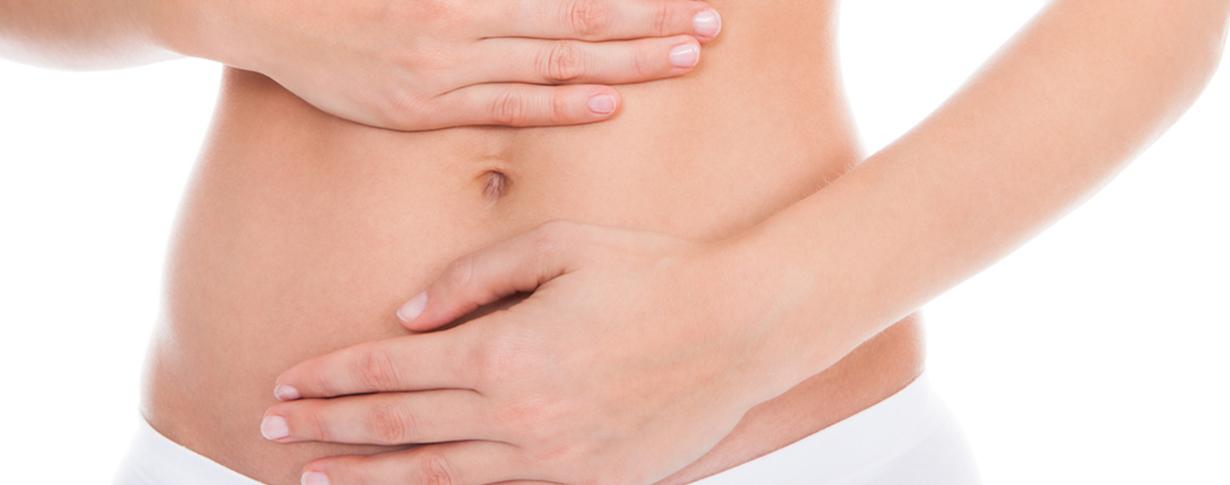Ovarian Cyst
Ovary, ovarian tract cysts and tumors, cysts and tumors in pregnancy
Cyst: A sac filled with fluid.
Ur: solid content
Mass: The name given to both, cyst
Simple inflammation, abscess, cyst, structural abnormality, cancer of the ovaries and tubes are included in the definition of mass.
In addition, masses of organs adjacent to these organs may cause false evaluation of masses of the ovaries and tubes.
In the evaluation of these masses, information given by the patient (patient age-childhood, reproductive age, pre-menopausal and menopause, complaints), examination findings, ultrasonography and other imaging methods are used.
Pain: It is more common in inflammatory conditions. Abdominal swelling, presence of ascites, size and location of the mass, cystic or solid content, mobile or immobile location, one or both sides, menstrual irregularity, digestive system disorder (constipation, painful stool), frequent urination ( enlargement in the urethra and kidney as a result of the pressure of the mass on the urinary tract) family history of breast and ovarian cancer, increase in hair or hair loss are evaluated.
Diagnosis: Ultrasound is the most important diagnostic tool (there are no other imaging techniques in cystic masses). Doppler ultrasound, tumor markers in blood tests, tomography, MR (magnetic resonance) are used when necessary.
When should the surgery be done?
If the patient complains and the mass is larger than 6 cm, if the content is solid and has the appearance of cauliflower, if acid has formed, if the mass is continuous or growing, surgery can be considered.
Two menstrual periods can be followed in patients who are completely cystic in the reproductive age below 8 cm.
After menopause, those who are smaller than 5 cm and who are completely cystic can be followed up with ultrasonography and tumor markers.
In children and young people with a mass, tumor markers should be checked in the blood.
In childhood, some masses should be followed up first.
If the mass is removed, pathological examination should be performed to determine whether it is benign or malignant during the absolute operation.
The earlier the diagnosis and treatment of the mass is made, the more satisfactory results are obtained.
Pregnancy should be excluded in the presence of a uterine mass in women of reproductive age.
At the age of 40-45, the masses are mostly benign.
More than half of those under the age of 50 are benign.
Fate of the Cyst;
The handle may turn around and become gangrenous, rupture (resulting in severe abdominal pain and emergency surgery may be required), digestive system findings (nausea, vomiting) may occur.
Is Ovarian Cyst Benign or Malignant?
Age (advanced age, bad probability in menopause), size and shape (high probability of being bad when large and irregular, solid content), adhesion (bad probability if adhered to adjacent tissues, organs), sensitivity are evaluated.
Malignant ovarian mass is one of the most common gynecological cancers and has an important place in the causes of death from cancer.
In turn, the probability of being malignant increases depending on fertility, pre-menopausal and post-menopausal periods.
All cysts should be suspected after menopause until proven otherwise.
Physiological – Normal Cysts;
Follicle cysts are formed as a result of failure of the egg cell to crack. Nutrition is unrelated to sports. It usually explodes and disappears. It can cause menstrual irregularity. It is less than 5 cm. Oral contraceptives can be given. The surgery is usually done by laparoscopy or open abdominal surgery in enlarged patients.
Pregnancy cysts produce hormones that allow the baby to implant in the uterus. Therefore, it can also cause menstrual delay. No treatment is required, it disappears on its own in the later months of pregnancy.
Chocolate cysts, the clot in the cyst melts and turns brown. It looks like chocolate. It sticks around. It looks intense. There may be painful menstruation, pain in intercourse, inability to have children, excessive menstruation, and intense menstrual symptoms. Laparoscopy is performed according to the treatment drug or symptom, size and age.
Cysts due to excessive hormone secretion occur during pregnancy due to drugs given to have a baby. It usually resolves spontaneously with follow-up.
In some of the patients with solid tumor formed during pregnancy, there may be an increase in hair growth due to the excessive secretion of male hormone. It disappears at the end of pregnancy.
Masses with Solid Content
Usually before the age of 20, sometimes unilateral or bilateral dermoid cysts containing fat, hair, teeth and cysts with the characteristic of being malignant can be seen.
In 5% of all women and in the majority of women who do not have children, if there is a cyst, sometimes burning, if the pain is very intense, nerve cutting operations can be applied if there is a cyst in the ovary or ovarian tract and the surrounding tissues, which causes obstruction in the ovarian tract. Medication is also used for these patients.
In all these masses, the subject matter is whether the mass is benign or malignant, the patient’s story, desire for a child, symptoms, age, size of the mass, the content of the mass is evaluated, and it is decided whether it will be followed, drug treatment or surgery.
in pregnancy
Pregnant women with unilateral cystic motion less than 10 cm and without ascites can be followed up to 18 weeks.
If it is continuous or growing, the operation can be decided.
In bilateral cysts containing 10 cm large solid units and irregular inside, they are followed by ultrasonography. If it is continuous at 18 weeks of pregnancy or if its size increases by 1/3 in any period of pregnancy, an operation decision can be made.







